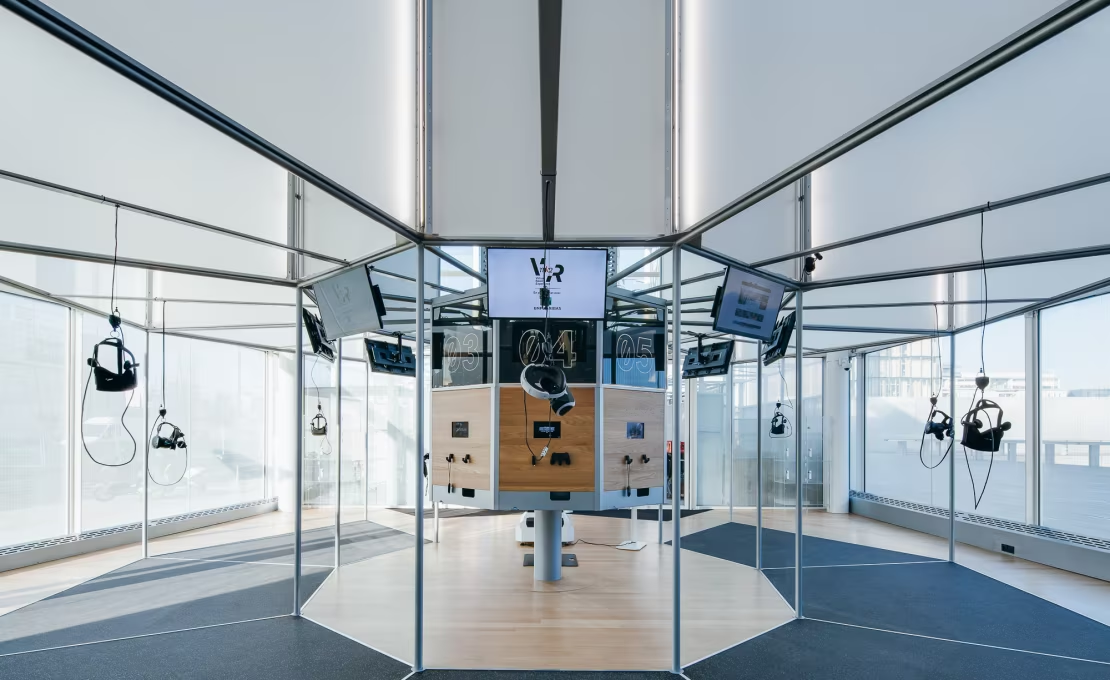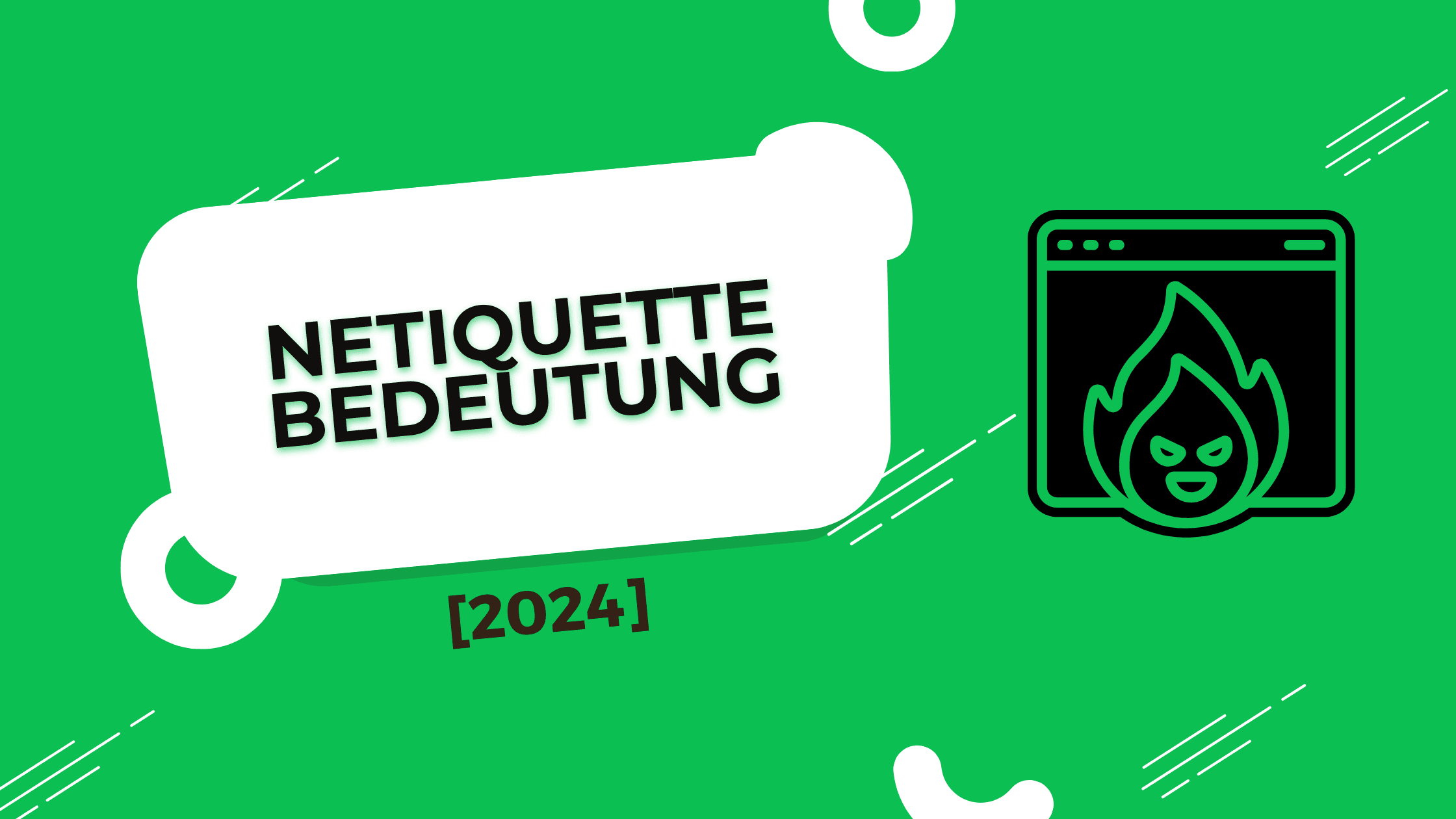Wirtualna rzeczywistość w bankowości [2024]: Rewolucja w krajobrazie finansowym
W ostatnich latach branża bankowa była świadkiem znaczącej zmiany w kierunku transformacji cyfrowej. Gdy wkraczamy w 2024 rok, jednym z najbardziej ekscytujących wydarzeń w tym sektorze jest integracja technologii rzeczywistości wirtualnej (VR) i rzeczywistości rozszerzonej (AR). Te wciągające technologie mają zrewolucjonizować sposób interakcji z instytucjami finansowymi, oferując nowe możliwości zaangażowania klientów, wizualizacji danych i spersonalizowanych usług. W tym artykule zbadamy, w jaki sposób rzeczywistość wirtualna i rzeczywistość rozszerzona zmieniają doświadczenie bankowe i jaka przyszłość czeka bankowość w metaverse.
Obecny stan bankowości i technologii
Zanim zagłębimy się w świat VR i AR w bankowości, rzućmy okiem na obecny stan bankowości cyfrowej:
- Aplikacje bankowości mobilnej stały się normą dla większości klientów
- Płatności online i transakcje cyfrowe są coraz bardziej popularne
- Tradycyjne oddziały banków ewoluują, oferując bardziej spersonalizowane usługi
- Instytucje finansowe intensywnie inwestują w cyberbezpieczeństwo i ochronę danych
Przyjrzyjmy się teraz, w jaki sposób rzeczywistość wirtualna i rzeczywistość rozszerzona przenoszą te postępy na wyższy poziom.
Wirtualna rzeczywistość w bankowości: Tworzenie wciągających doświadczeń
Wirtualne oddziały banku
Jednym z najbardziej ekscytujących zastosowań VR w bankowości jest koncepcja wirtualnych oddziałów bankowych. Te wirtualne środowiska pozwalają klientom doświadczyć oddziału banku bez wychodzenia z domu. W środowisku VR użytkownicy mogą:
- Interakcja z wirtualnymi asystentami w celu uzyskania spersonalizowanych porad
- Przeglądaj produkty finansowe w przestrzeni 3D
- Uczestnictwo w wirtualnych seminariach z zakresu edukacji finansowej
- Wykonywanie czynności bankowych, takich jak sprawdzanie sald kont i dokonywanie przelewów.
Banki takie jak BNP Paribas eksperymentowały już z oddziałami VR, oferując klientom wgląd w przyszłość bankowości.
Wciągające planowanie finansowe
Technologia VR zapewnia bezprecedensową możliwość wciągającego planowania finansowego. Klienci mogą:
- Wizualizacja celów finansowych w wirtualnym świecie
- Interakcja z trójwymiarowymi reprezentacjami inwestycji
- Przeglądaj różne scenariusze finansowe w czasie rzeczywistym
- Otrzymuj spersonalizowane porady od wirtualnych doradców opartych na sztucznej inteligencji.
Te wciągające doświadczenia mogą znacznie zwiększyć zaangażowanie klientów i pomóc użytkownikom lepiej zrozumieć złożone koncepcje finansowe.
Wizualizacja danych w VR
Jednym z najpotężniejszych zastosowań VR w bankowości jest wizualizacja danych. Wykorzystując technologię VR, banki mogą:
- Tworzenie interaktywnych wizualizacji 3D danych finansowych
- Pomoc klientom w zrozumieniu trendów rynkowych i możliwości inwestycyjnych
- Bardziej intuicyjny sposób analizowania złożonych informacji finansowych
- Oferowanie spersonalizowanych informacji opartych na indywidualnych danych finansowych
Bankowość rozszerzonej rzeczywistości: Ulepszanie świata rzeczywistego
Podczas gdy VR tworzy całkowicie wirtualne środowiska, bankowość w rzeczywistości rozszerzonej wzbogaca świat rzeczywisty o cyfrowe nakładki. Oto kilka ekscytujących przypadków użycia AR w bankowości:
Ulepszone doświadczenia związane z bankomatami
AR może zmienić sposób, w jaki korzystamy z bankomatów:
- Udostępnianie wirtualnych samouczków na temat korzystania z funkcji ATM
- Wyświetlanie spersonalizowanych ofert i promocji
- Wyświetlanie sald kont i historii transakcji w czasie rzeczywistym
- Oferowanie tłumaczeń językowych dla osób podróżujących za granicę
Aplikacje bankowe wykorzystujące AR
Mobilne aplikacje bankowe wzbogacone o możliwości AR mogą zaoferować:
- Wirtualne nakładki pobliskich bankomatów i oddziałów bankowych
- Przeliczanie walut w czasie rzeczywistym podczas podróży zagranicznych
- Interaktywne narzędzia do budżetowania, które nakładają informacje o wydatkach na rzeczywiste przedmioty.
- Wyzwania związane z oszczędzaniem oparte na grywalizacji w celu zachęcenia do wiedzy finansowej
Rozszerzona rzeczywistość dla edukacji finansowej
Technologia AR może zrewolucjonizować edukację finansową poprzez:
- Tworzenie interaktywnych doświadczeń edukacyjnych dla złożonych tematów finansowych
- Nakładanie objaśnień na rzeczywiste dokumenty finansowe
- Zapewnienie wirtualnych mentorów dla spersonalizowanych porad finansowych
- Grywalizacja procesu uczenia się, aby uczynić go bardziej angażującym dla użytkowników
Przyszłość bankowości w metawersji
Gdy spoglądamy w przyszłość bankowości, koncepcja metawersji nabiera dużego znaczenia. Metaverse, zbiorowa wirtualna przestrzeń współdzielona, ma potencjał, aby całkowicie przekształcić krajobraz bankowy. Oto jak może wyglądać bankowość w metaverse:
Wirtualne centra finansowe
Banki mogą tworzyć wirtualne centra finansowe w metaverse, w których klienci mogą:
- Dostęp do pełnego zakresu usług bankowych za pośrednictwem swoich awatarów
- Udział w wirtualnych warsztatach i seminariach finansowych
- Nawiązywanie kontaktów z innymi użytkownikami i ekspertami finansowymi
- Eksploruj wirtualne rynki i przeprowadzaj transakcje
Płynna integracja usług finansowych
Metaverse może oferować płynną integrację różnych usług finansowych, w tym:
- Międzyplatformowe doświadczenia bankowe, które działają w różnych wirtualnych światach
- Wirtualne nieruchomości inwestycyjne i aktywa
- Kryptowaluty i produkty finansowe oparte na technologii blockchain
- Oparci na sztucznej inteligencji asystenci finansowi, którzy podążają za użytkownikami w metaverse
Lepsze doświadczenie klienta
Bankowość w metaverse ma potencjał, aby zaoferować niezrównane doświadczenie klienta poprzez:
- Dostarczanie spersonalizowanych środowisk wirtualnych dostosowanych do indywidualnych preferencji
- Oferowanie tłumaczeń językowych w czasie rzeczywistym dla globalnej bankowości
- Tworzenie wciągających historii wyjaśniających produkty finansowe
- Umożliwienie wirtualnego wypróbowania usług finansowych przed zakupem
Aby uzyskać więcej informacji na temat tego, jak VR i AR zmieniają handel, zapoznaj się z naszym artykułem na temat Czym jest handel przestrzenny?
Wyzwania i rozważania
Chociaż potencjał VR i AR w bankowości jest ekscytujący, istnieje kilka wyzwań, którymi należy się zająć:
- Bezpieczeństwo i prywatność: Zapewnienie bezpieczeństwa danych finansowych w środowiskach wirtualnych ma kluczowe znaczenie.
- Dostępność: Nie wszyscy klienci mogą mieć dostęp do urządzeń VR/AR lub czuć się komfortowo korzystając z nich.
- Zgodność z przepisami: Bankowość w wirtualnej i rozszerzonej rzeczywistości musi być zgodna z obowiązującymi przepisami finansowymi.
- Przyjęcie technologii: Banki będą musiały zainwestować w nową infrastrukturę i przeszkolić pracowników do obsługi tych technologii.
- Doświadczenie użytkownika: Projektowanie intuicyjnych i przyjaznych dla użytkownika interfejsów VR/AR dla bankowości będzie miało kluczowe znaczenie.
Przykłady rzeczywistych zastosowań VR i AR w bankowości
Kilka instytucji finansowych już eksperymentuje z technologiami VR i AR:
- Citi: Opracował weryfikację koncepcji platformy transakcyjnej VR, która umożliwia inwestorom wizualizację złożonych danych w 3D.
- Fidelity Investments: Stworzenie agenta finansowego VR o nazwie "Cora", aby pomóc klientom w zadaniach związanych z zarządzaniem kontem.
- Narodowy Bank Omanu: Uruchomiono aplikację bankowości mobilnej z rozszerzoną rzeczywistością, która zapewnia usługi oparte na lokalizacji i spersonalizowane oferty.
- Westpac: Wprowadził funkcję AR w swojej aplikacji mobilnej, która pomaga klientom znaleźć pobliskie bankomaty i oddziały.

Innowacyjne rozwiązania dla sektora bankowego
Ponieważ branża bankowa nadal ewoluuje dzięki technologiom VR i AR, innowacyjne firmy wkraczają na rynek, aby zapewnić najnowocześniejsze rozwiązania. Codeliverywiodąca firma zajmująca się tworzeniem oprogramowania, stoi na czele tej rewolucji, oferując niestandardowe aplikacje VR i AR dostosowane do potrzeb sektora finansowego. Ich doświadczenie w tworzeniu wciągających doświadczeń może pomóc bankom i instytucjom finansowym wdrożyć najnowocześniejsze rozwiązania wirtualnej i rozszerzonej rzeczywistości, zwiększając zaangażowanie klientów i usprawniając operacje.
Aby zobaczyć przykład pracy Codelivery w VR, sprawdź ich projekt VR Mystery Game: Tajemnica morderstwa Johna Malone'aktóry pokazuje ich zdolność do tworzenia wciągających i immersyjnych doświadczeń VR.
Wnioski: Bank przyszłości
Gdy patrzymy na rok 2024 i kolejne lata, jasne jest, że rzeczywistość wirtualna i rzeczywistość rozszerzona odegrają znaczącą rolę w kształtowaniu przyszłości bankowości. Technologie te oferują bezprecedensowe możliwości tworzenia wciągających doświadczeń, zwiększania zaangażowania klientów i rewolucjonizowania sposobu, w jaki zarządzamy naszymi finansami.
Instytucje finansowe, które chcą pozostać w czołówce, będą musiały przyjąć te technologie i zbadać innowacyjne sposoby zintegrowania ich ze swoimi usługami. Od wirtualnych oddziałów po aplikacje mobilne wykorzystujące AR - możliwości są nieograniczone.
Należy jednak pamiętać, że technologia powinna zawsze służyć poprawie doświadczenia klienta, a nie komplikować je. W miarę jak banki i instytucje finansowe posuwają się naprzód z wdrożeniami VR i AR, muszą skupić się na tworzeniu rozwiązań, które są dostępne, bezpieczne i naprawdę korzystne dla ich klientów.
Przyszłość bankowości jest wciągająca, spersonalizowana i płynnie zintegrowana z naszym codziennym życiem. Wraz z dalszym rozwojem technologii rzeczywistości wirtualnej i rozszerzonej, możemy spodziewać się jeszcze bardziej innowacyjnych zastosowań w sektorze finansowym. Bank przyszłości może nie być fizycznym oddziałem na rogu, ale wirtualnym światem na wyciągnięcie ręki, gotowym pomóc nam zarządzać naszymi finansami w sposób, o którym nigdy nie myśleliśmy.













